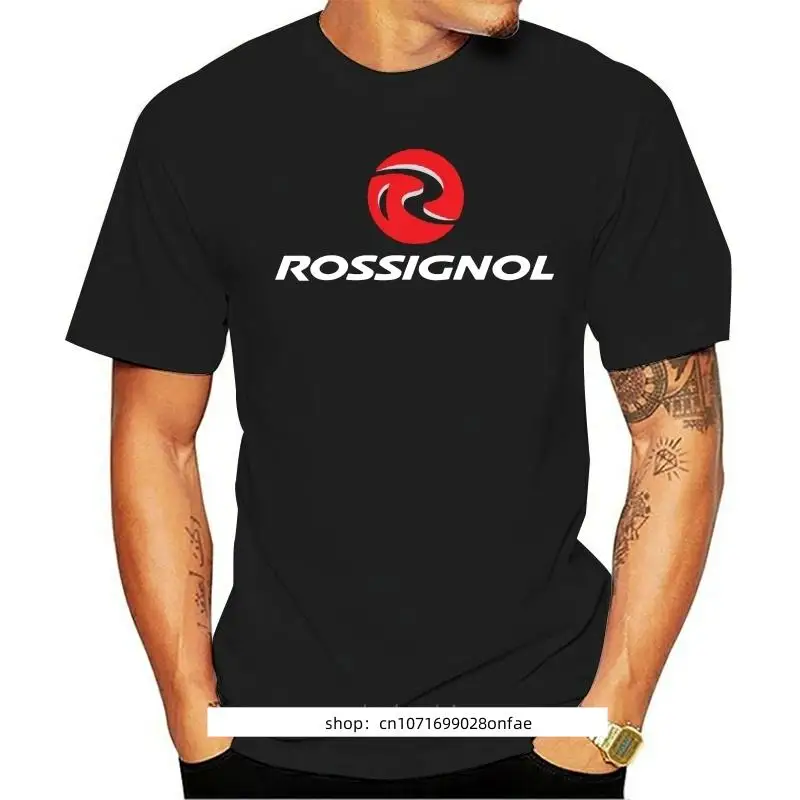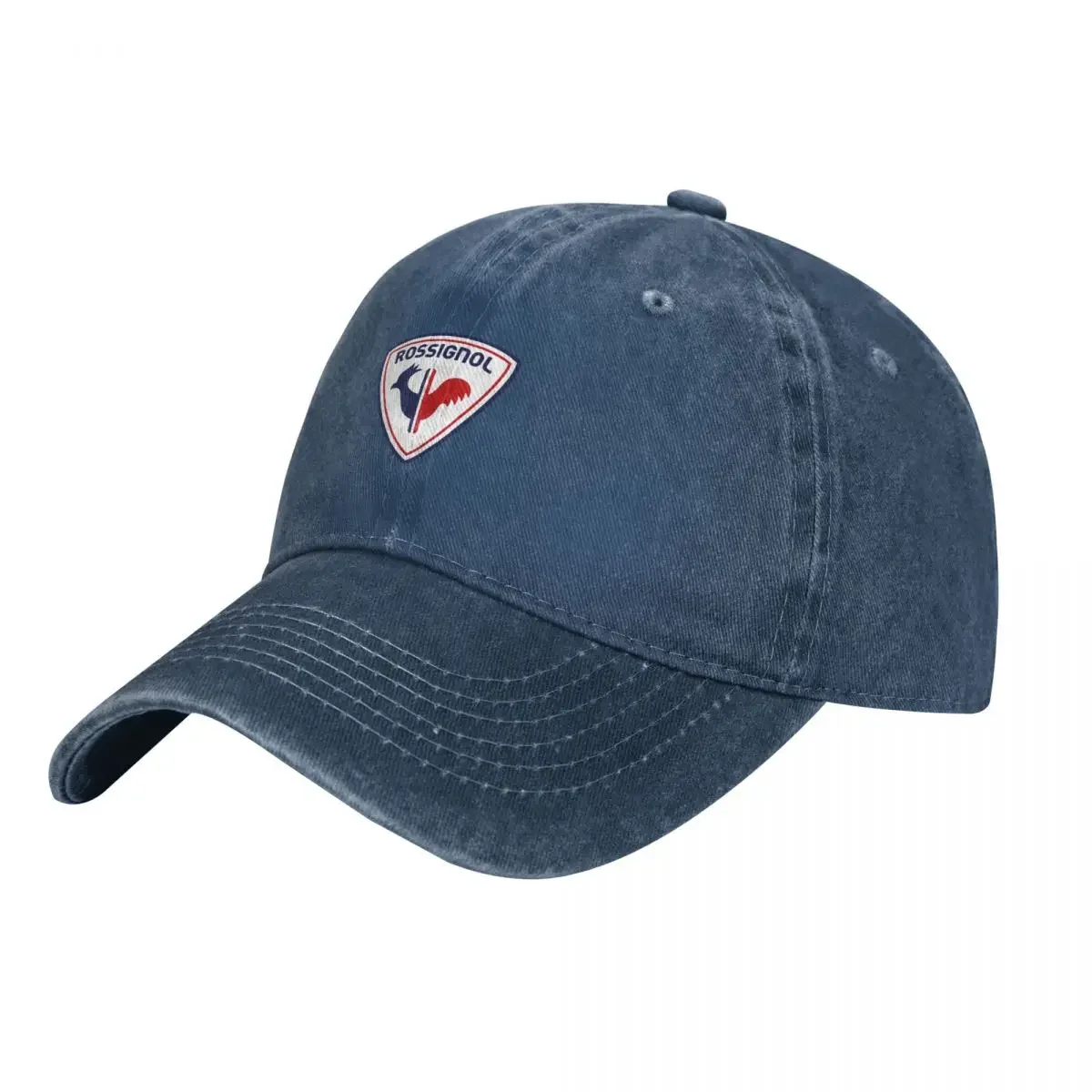How is Friction Involved in Sledding and Skiing?
Friction plays a crucial role in sledding and skiing. As the sled or skis move down a slope, they encounter resistance from the surface they are sliding on. This resistance is known as friction.
Friction can be divided into two types: static friction and kinetic friction. Static friction is the force that prevents an object from moving when it is at rest. In sledding and skiing, static friction prevents the sled or skis from sliding down the slope until a force is applied.
Kinetic friction is the force that opposes the motion of an object when it is moving. In sledding and skiing, kinetic friction slows down the sled or skis as they slide down the slope. The amount of friction depends on the surface of the slope, the material of the sled or skis, and the speed at which the sled or skis are moving.
For sledding and skiing, a certain amount of friction is necessary to control the speed and direction of the sled or skis. Too little friction can make the sled or skis difficult to control, while too much friction can slow them down too much.
In general, sledding and skiing are easier on surfaces with less friction. This is why sledding and skiing are often done on snowy slopes, as snow provides a relatively low level of friction.
Related Questions
- What is the difference between static friction and kinetic friction?
- How does the surface of a slope affect friction?
- Why is friction necessary for sledding and skiing?
- What materials are used to reduce friction in sledding and skiing?
- How does speed affect friction in sledding and skiing?
Related Hot Selling Products
- K2 Snowboard
- Burton Snowboard Boots
- Rossignol Skis
- Salomon Cross-Country Skis
- Atomic Alpine Skis
Pre:Why do most doctors tell their patients that they won t be able to go skiing after full hip replacement surgery
Next:Skiing Whats the best town to stay in at Dolomiti Superski

















